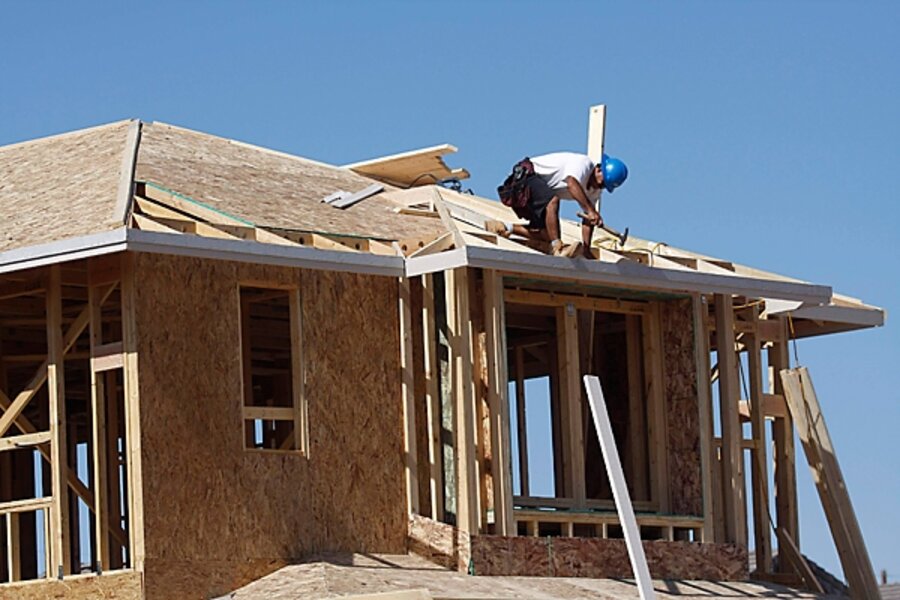Time to fix up your house? The price of materials is rising.
| New York
If you’re planning to add an addition to the house, or maybe replace the downspouts before winter sets in, you might want to consider doing it soon.
Why?
The price of building materials is starting to rise. Copper (used in those downspouts), aluminum (think siding and windows), and plastic (pipes and insulation) are all getting more costly.
But the price increases don’t mean the US economy is growing at a healthy pace. Instead, the more expensive materials prices reflect higher worldwide commodity prices where demand is stronger. And many of those commodities are paid for with the greenback, which is down 18 percent over the past year.
“Owners should be prepared for sticker shock in a few months and move ahead now with construction,” says Ken Simonson, chief economist for the Associated General Contractors of America in Arlington, Va.
The price increases are starting to show up in some of the components of the Producer Price Index for construction materials. On Tuesday, the Bureau of Labor Statistics reported the PPI fell 0.6 percent in September and dropped 0.4 percent for construction materials.
But Mr. Simonson says the drop in construction costs reflects a fall in the price of diesel, which has subsequently rebounded in price to an 11-month high. “Other prices are bubbling up under the surface,” he says.
For example, copper, which trades on the commodities exchanges, had gotten as low $1.25 a pound 10 months ago. Today, it’s $2.96 a pound. Steel, another important ingredient in building, is up 12 percent during the past three months.
However, in an indication it’s not the US economy driving up these prices, other commodities that are more local in nature, such as lumber and concrete, have not risen much, if at all. Cement prices are down 1.3 percent over the past three months. Although lumber prices are up 5 percent over the same period, they have rebounded from a very low level.
“The rising lumber prices are not an indication we are in boom times,” says Simonson. Homeowners who sign contracts to pay for time and materials are the most likely to experience higher prices, he says.
For example, Brian Lewis, a contractor in Essex Junction, Vt., has seen prices rise significantly for plastic trim he uses on homes. “It’s at a premium right now,” he says. “But, I tell clients you are only paying for it once unlike wood which just does not hold up to the elements.”
Mr. Lewis says this is a marked change from six months ago when his suppliers had overstocked inventories. “There was a lot of opportunity to bargain over the prices,” he says. “But, the last few months things appear to be back in the swing with a lot of new construction.”
However, contractors who work on public projects, such as those funded through the federal economic stimulus package, may not be able to pass on their rising costs since the contracts are often at a fixed price.
“My message on the stimulus finds is get it flowing, get the best bargains now” says Simonson.
Of course some contractors may not be able to pass these increases on fast enough, according to Simonson.
“I think there is a considerable risk price increases will drive some subcontractors out of business,” he says. “The question is whether contractors have beaten each other down to the lowest point or will they continue to tighten their belts?”
-----
Follow us on Twitter.





